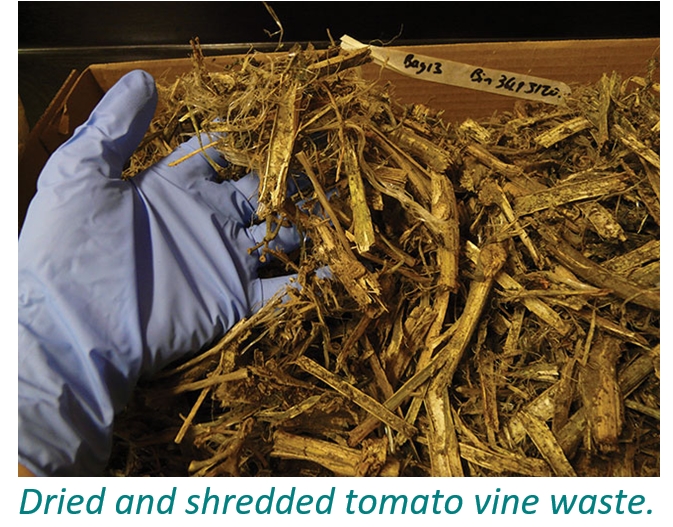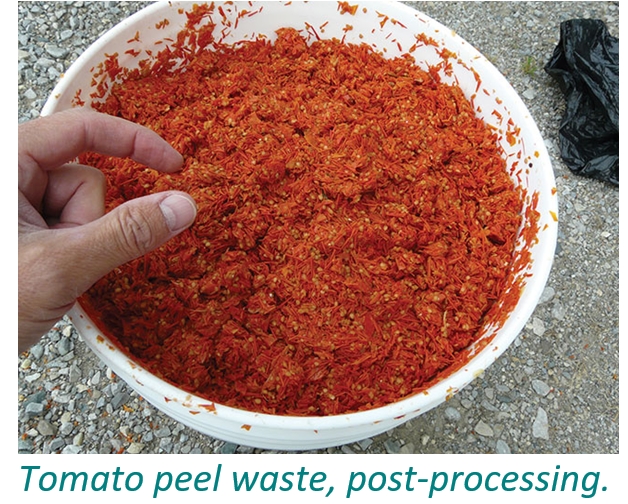Respect for your privacy is our priority
The cookie is a small information file stored in your browser each time you visit our web page.Cookies are useful because they record the history of your activity on our web page. Thus, when you return to the page, it identifies you and configures its content based on your browsing habits, your identity and your preferences.
You may accept cookies or refuse, block or delete cookies, at your convenience. To do this, you can choose from one of the options available on this window or even and if necessary, by configuring your browser.
If you refuse cookies, we can not guarantee the proper functioning of the various features of our web page.
For more information, please read the COOKIES INFORMATION section on our web page.



 The team tested the effects of tomato, hop and pea extracts against thirteen plant pathogenic fungi, many of which cause damping-off of seedlings, including Fusarium graminearum, Phytophthora parasitica, Rhizoctonia solani and Pythium irregulare. These mixtures were found to be generally antifungal, but differences in susceptibility were observed between the various fungal species tested. Notably, growth of Pythium irregulare was inhibited by up to 62 per cent relative to the control (untreated) treatment when both the tomato extract and hop essential oil were combined.
The team tested the effects of tomato, hop and pea extracts against thirteen plant pathogenic fungi, many of which cause damping-off of seedlings, including Fusarium graminearum, Phytophthora parasitica, Rhizoctonia solani and Pythium irregulare. These mixtures were found to be generally antifungal, but differences in susceptibility were observed between the various fungal species tested. Notably, growth of Pythium irregulare was inhibited by up to 62 per cent relative to the control (untreated) treatment when both the tomato extract and hop essential oil were combined.



























